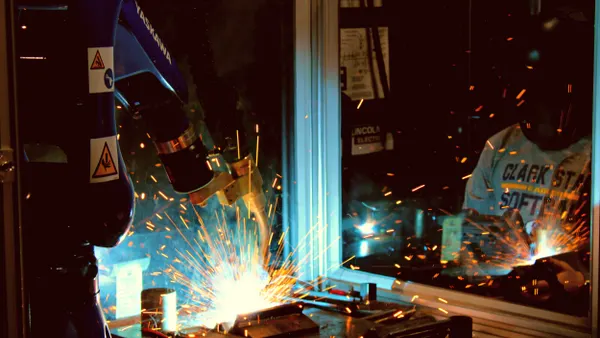Dive Brief:
- When asked about what deters them from job-related learning, respondents to a Harvard Business Review Advisory Council and Degreed survey cited a lack of time as their biggest challenge. But the survey revealed that time wasn't the only obstacle.
- Nearly half of the 772 respondents said L&D could be most helpful if they were provided assignments that pinpointed where they needed to improve. Sixty-one percent said it could be most helpful if the content aligned with their skill gaps.
- When individuals needed to learn something for their jobs or careers last year, 26% turned to their employer's HR, training or learning team. In contrast, 65% used websites like YouTube to find this information. Slightly fewer (62%) reached out to their personal networks for this reason.
Dive Insight:
Some workers are willing to use their own time and money to better their skill sets; nearly two-thirds of workers said they would seek out training opportunities independently, according to a report from Randstad published in May. But not every worker possesses the resources necessary to do this. Recruitment challenges and the looming future of automation make it clear that it behooves employers to remove the obstacles that keep employees from learning new skills.
The importance of optimizing L&D initiatives is more significant in certain industries. Ninety percent of manufacturing companies, for example, cannot fill all available jobs, according to data compiled by SCORE. This underscores the importance of training within the sector; with robust development programming, manufacturing organizations can funnel promising talent into increasingly important roles, eliminating their need to recruit from outside their workforce. This holds true for employers in tech, as well. Even in non-tech industries, the demand for tech talent is growing, an Indeed report revealed.
As employers face off with a tight talent market, another challenge with recruitment- and L&D-related consequences is on the horizon: automation. While one report concluded that many workers remain optimistic that automation will positively affect their jobs, another revealed that many think their employers fail to train workers for the future. In fact, a McKinsey Global Institute report found that between 40 million and 160 million women around the globe may need to transition from their current positions to ones requiring higher-level skills. To ensure women aren't adversely affected by automation — and to ensure they don't lose out on top talent — employers may want to invest in L&D infrastructure that anticipates future needs.










